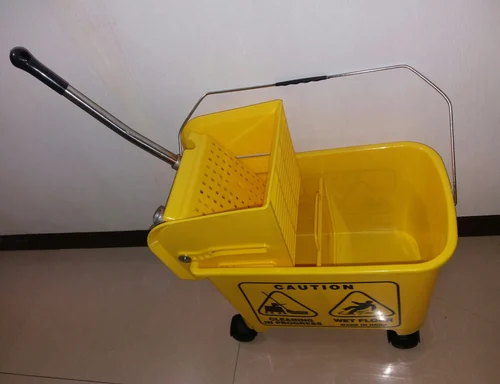Important Things to Consider
- Ultra-Focused Niche: Success in the $10 MRR niche demands targeting a particular pain point for a large enough potential audience.
- Ruthless Efficiency: Acquisition costs (CAC) must stay low. Prioritize self-serve and growth loops over expensive sales teams.
- “Sticky” Product: Churn is the enemy. Even at this price point, provide outstanding value to encourage long-term retention.
Read our blog post on writing an email
Step 1: Problem Validation (Before You Write a Line of Code)
- Forget Your “Brilliant” Idea (For Now): Start by identifying unserved or poorly served niches with frustrated potential customers willing to pay to solve their problems.
- Become an Expert on the Niche: Join online communities, monitor forums, and read relevant subreddits. What are the exact pain points expressed? What language do they use to describe it?
- Interview Potential Customers: Direct conversations are invaluable. Do not ask, “Would you buy this?” but, “What’s the most annoying thing about [problem]?” and “Have you tried any solutions?”
Step 2: Build The MVP That People Want
- Focus is Everything: Your initial product solves ONE core problem extremely well. Resist the urge to add every bell and whistle.
- Low-Code/No-Code Options: Consider tools like Bubble, Webflow, or Airtable + Zapier to build a working MVP fast, minimizing dev costs.
- Get Early Feedback: Find a small group of your ideal customers and price it at $10/month. Their usage (and feedback) will tell you if you’re on the right track.
Step 3: Nail Down Your Self-Serve Acquisition
- Website = Sales Engine: Don’t just make it pretty. Focus on ultra-clear messaging, addressing the core pain point your audience uses in their own words.
- Content is Queen: Blog posts, ‘how-to’ videos, and templates tailored to your niche establish you as an expert and drive organic traffic.
- Freemium’s Role: Consider a limited free version, but only if the upgrade to $10 provides compelling (and obvious) value – otherwise, you’ll get free users, not paying ones.
Step 4: Optimize for Virality
- Referral Programs: Incentivize users to share with others in their niche. Even small discounts add up when compounded.
- Easy Onboarding: The first few minutes are critical. Provide walkthroughs, quick wins, and in-app prompts to prevent early abandonment.
- In-Product Virality: Can your product itself help spread the word? E.g., a design tool with “powered by [your product]” on sharable creations.
Step 5: Automate and Scale Customer Support
- Excellent Knowledge Base: Preempt common questions with articles, tutorials, etc. This cuts down on support tickets.
- Chatbot Power: For simple issues, a well-programmed chatbot can provide 24/7 assistance. Escalate complex issues to humans only when needed.
- Community Help: Encourage an active user forum where the community itself may solve issues.
Step 6: Data-Driven Growth
- Churn is King: Don’t just track it, OBSESS over it. Send ‘exit surveys’ to learn why people leave, and iterate your product/onboarding accordingly.
- Upsell Opportunities: Once you reach scale, even small add-ons (extra storage, premium features) at slightly higher tiers can bring significant revenue.
- Experiment Carefully: A/B test landing pages, pricing structures, even signup flow. Data tells you what converts best for your users.
Step 7: When (and When NOT) to Raise Capital
- Bootstrap When Possible: If you can reach significant scale organically, it preserves your equity and control.
- The Right Kind of Funding: If raising, seek investors who understand your business model’s specific needs and metrics (churn, LTV, etc.)
- Avoid Big Sales Teams (Early On): At $10 MRR, sales salaries can sink you. Prioritize self-serve growth, adding sales when the CLV justifies the CAC.
Examples: $10 MRR Success Stories
- Buffer: Social media scheduling started small. Their focus on excellent support and niche-specific content built a loyal base.
- Canva: Even with their massive scale now, their freemium model and focus on ease of use were key in early growth.
- Grammarly: While they now offer higher tiers, their core product solves a problem so universally felt that their user base grew rapidly.
Read our blog post on How to write a professional email offering services
Key Takeaways:
- Reaching $1M ARR on a $10 product requires a laser focus on volume, low churn, and self-serve whenever possible.
- It’s a marathon, not a sprint. Growth takes time, especially with limited marketing budgets.
- Your community is your greatest asset. Nurture engaged users who will become your biggest advocates.
Ready to Take Action? Let’s discuss validating your product idea, identifying potential growth channels, and crafting a scalable launch plan.




